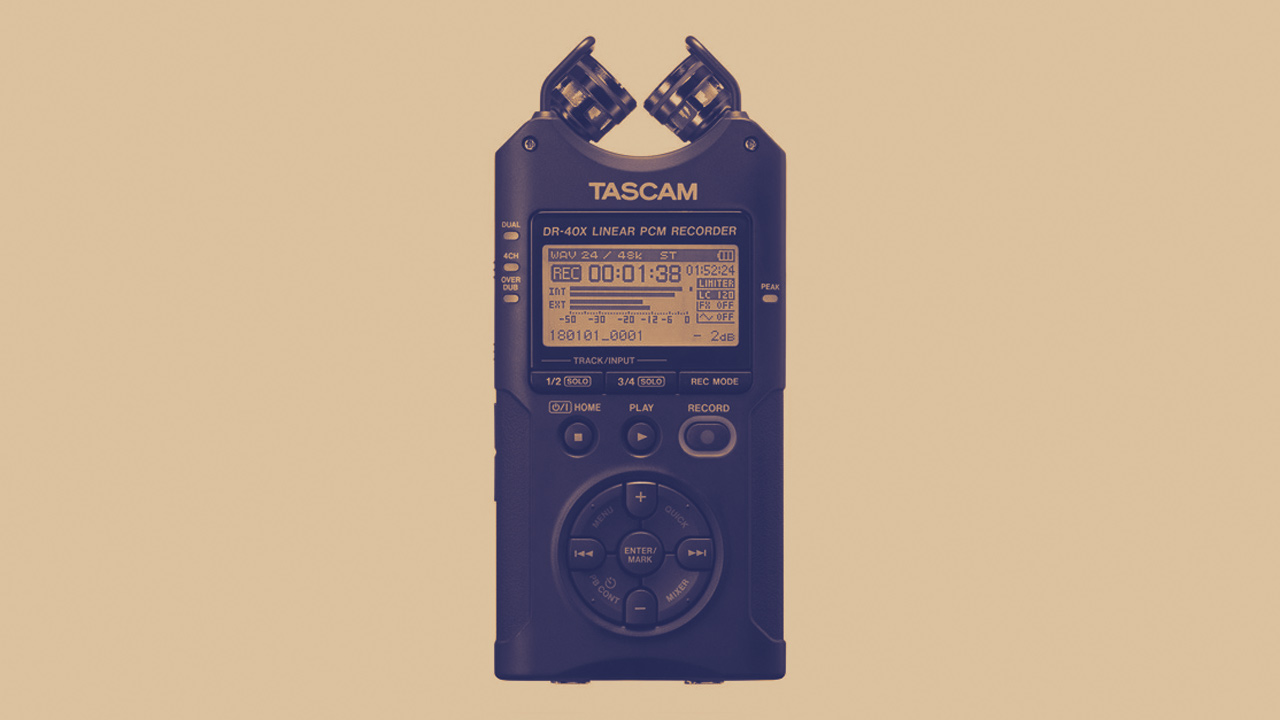Sound is an important part of professional video production. Whether you’re trying to create a documentary, or just want to make your videos sound professional, getting the best possible sound quality can be challenging. We will discuss 5 great tips for recording audio with professional field recorders.
1. One way to get the best sound with field recorders is to keep your distance from the source of sound
The closer you are to the source of a sound, the more noise will make its way into your recording. Distance helps fight against this issue, especially if you’re using a directional microphone. This is why people looking for the best sound in their kitchens reach for a boom pole rather than sticking an on-board camera mic as close as possible. As a general rule, anything that’s happening within 50 feet around you should be considered too close to get optimal results with your recorder and microphone combination.
2. If you are close enough, use a shotgun microphone and set it on a tripod or other stable surface
When using a shotgun mic, an isolated pickup is achieved by holding it in front of and pointing it at sound directly from whichever direction you’re attending to. For example, if recording someone singing then you would need a very long (probably 20-foot) cable with a good-quality XLR plug on one end for power and output on the other.
Bearing this in mind there are still limitations with what can be achieved through mic techniques alone such as unwanted background noise or ambience usually coming from behind the subject.
3. Keep in mind that wind and water have an impact on the quality of recording so try not to do recordings near these sources
We’ve known for a long time that the environment in which you record has an important impact on what’s captured. Think of how a particular event (concert, lecture, one-on-one interview) will have different ways of affecting your equipment. This has to do with factors like air pressure (i.e., wind), runoffs from snow or rain storms, and various forms of interference. To avoid these major disruptions to your recordings, try not to do recordings near water (ocean waves can have devastating effects on unprotected gear) or windy environments where the equipment might be adversely affected by gusts/wind currents coming off nearby buildings or trees.
4. When doing interviews, ask people what they want their voice to sound like – some people may prefer more bass while others might want more treble
You should ask the subject what they want their voice to sound like in terms of what range of frequencies (bass vs. treble). The quality of the sound can also be changed through editing software, but it’s best if you know what kind of sound they’re looking for.
Some people prefer more bass while others might want more treble – so it’s important to have a recording device that allows you to control these levels yourself or find out from your interviewee ahead of time before meeting them for an interview.
5. Remember that there is no one perfect mic for every situation – experiment with different microphones until you find one that suits your needs!
In terms of use, where you’re getting the most utility out of your microphone will depend on how and why you plan to use it. Different microphones have different applications and there is no one perfect mic for every situation. Keep this in mind when looking into what kind of mic you want to get next. Either continue researching until you find a mic that suits your needs or experiment with different ones until you find the perfect one.
